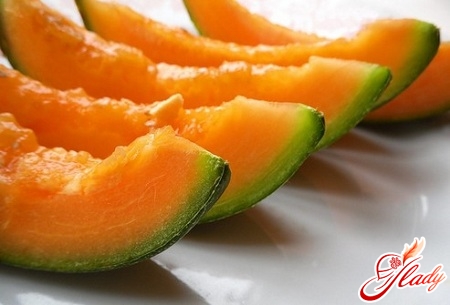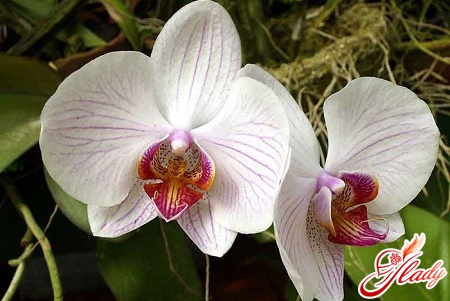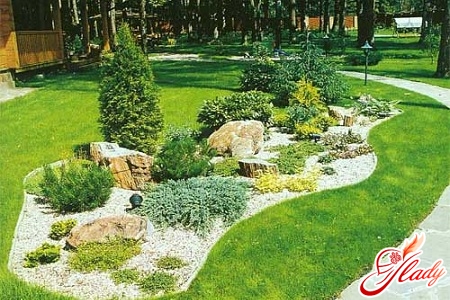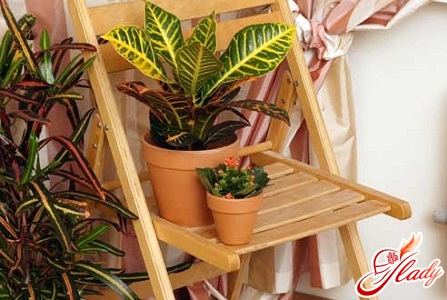 The real coffee tree in the house is no longerexotic. Many and many flower growers dare to grow this amazing plant with unusually fragrant flowers. Not only does the coffee tree simply magically blossom, it also produces, letting a small but real harvest of coffee. True, not all types of coffee and not all types of coffee trees can be grown in room conditions. So that your tree does not grow up to be a real giant, half the apartment (and throw it away is a pity!), Let's find out how to grow a coffee tree, and what efforts and knowledge on your part this botanical experiment will require.
The real coffee tree in the house is no longerexotic. Many and many flower growers dare to grow this amazing plant with unusually fragrant flowers. Not only does the coffee tree simply magically blossom, it also produces, letting a small but real harvest of coffee. True, not all types of coffee and not all types of coffee trees can be grown in room conditions. So that your tree does not grow up to be a real giant, half the apartment (and throw it away is a pity!), Let's find out how to grow a coffee tree, and what efforts and knowledge on your part this botanical experiment will require.
Miracle tree
In nature, coffee trees are bigshrubs or trees, reaching heights of up to eight meters and numbering about a hundred species. Wild coffee lives in tropical Africa, the Mascarene Islands and Madagascar. Its flowers are very similar to jasmine flowers (however much larger) and have an equally pleasant aroma. The fruits of coffee are as decorative as their flowers, they resemble a red or blue-black cherry of a slightly elongated shape. This plant is cultivated (for the purpose of obtaining grains) in the tropics of America, in Africa and in Asia. In the room conditions, the coffee tree can grow up to 4-5 meters (as far as the ceiling height allows). However, its so intensive growth can be regulated, cutting to the right size and restraining an irrepressible desire for the sky. In addition, for indoor floriculture, special dwarf varieties of coffee trees have already been hatched. And of the known and common species for the home coffee tree is suitable Arabian coffee (Arabica), Brazilian and Liberian. Caring for an adult tree is not at all difficult, but its cultivation presents some difficulties. The process is, let's say, not the easiest. Typically, the coffee tree is grown from a seed or from a handle. How is this done? 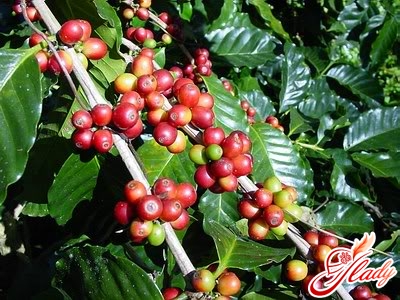
Coffee tree from the handle
For this method of growing a new plantpick up a twig from the middle of the crown of an adult fruit tree. It is better if it is a branch of the previous growth (they form buds) with two pairs of leaves. If you plant such a stalk, the tree grown from it will start to blossom early and bear fruit. The stalk for planting is prepared as follows:
For the rooting of the cuttings, any soil is suitable, butit must be breathable and retain moisture well. The most suitable substrate for rooting a cut of a coffee tree is a mixture of one part of peat (sphagnum or marsh) and one part of perlite (building expanded sand). The substrate that has been poured into the container is left in a loosened state and spilled with a weak solution of potassium permanganate. The stalk is strictly vertical immersed in the ground for two, two and a half centimeters, and the lower pair of leaves are also digged into the soil. With this method of planting, one can expect a practical 100% rooting because additional roots form in the place of leaf growth. After this, the planted stalk is again watered with potassium permanganate, covered with a plastic bag or a plastic bottle, making holes for ventilation in them. Such a mini-guy will allow to maintain a suitable temperature for rooting, which ideally should reach 25-27 degrees. The higher the temperature, the faster the stem will give roots, but at temperatures above 32 degrees the effect will be reversed. The rooting period lasts approximately 37-40 days, during which the future tree must be sprayed and protected from direct sunlight. As soon as the first upper growth bud appears on the cuttings, it gives roots. And after the first new pair of leaves the seedling can already be transplanted to a permanent place. True, you need to do this very carefully, since the root system of this little tree is still rather weak. For the transplant, a mixture of four parts of turf, two parts of peat and one part of sand and a pot of 10-12 cm in diameter will fit. At the bottom of the pot, drainage (about 1 cm) is laid and the prepared soil is poured. The seedlings of the coffee tree are planted very gently, placing the roots on a small embankment mound, straightening them and sprinkling the earth. After that, the tree is watered abundantly. The advantages of reproduction of the coffee tree by cuttings include:
- preservation of all properties of the mother tree;
- early flowering (even during rooting);
- early full-bodied fruiting (already on a one-year-old tree).
The disadvantage of this method can be considered only that the coffee tree grown from the cuttings needs to be complicated by the necessity to form the crown.
Coffee tree from sunflower seeds
For growing coffee trees from seedsfit only fully matured coffee fruit (they can be picked straight from the tree). It is believed that berries with two bobs germinate better. Coffee beans are very whimsical and quickly lose their germination, so they should be prepared for planting immediately. To do this, the grain is cleaned of the "peel" (outer shell) and first washed with plain water, and then for half an hour soaked in a weak solution of potassium permanganate. By the way, the soil for planting coffee beans must also be prepared in advance. It should be loose, slightly acidic and have time to settle (or brew) before planting for two weeks. For the planting of coffee beans, the most optimal soil mixture is considered to be two parts of turf ground, one part sand and one part peat. Experienced growers recommend that the prepared land steamed or calcined in the oven. Each coffee bean is planted in a separate pot to a depth of one centimeter. Grains are put in the ground with a convex side up: so they germinate more easily. The pitted grain (as in the case of cuttings) is poured and covered with a jar or a plastic bottle. For the germination of seeds, a temperature of at least nineteen and not more than twenty-four degrees is needed. In such conditions, after about a month and a half, the first leaves, protected by the seed coat, will appear. Before they are freed from this shell, shoots should be kept in a moist (very moist) environment. But after their complete release, you can (and need to) begin to accustom this gentle coffee sprout to the usual indoor air. To do this, the can is removed from the pot first for one minute, and then the ventilation time is gradually increased. A young green sprout will necessarily begin to grow wood, turning into a small, but already a real coffee tree. This process can scare beginners "coffee planters", so it looks like a certain disease. First, ugly brown spots appear on the green stalk, and the stem itself looks as if it begins to dry up. In this case, it can actually shrink almost half. Then the stains gradually increase and merge with each other, turning into the "bark" of the real trunk of the coffee tree. In the first year of cultivation, only the trunk grows, and the tree crown is not formed. And in the second year the skeletal branches of the crown begin to grow. To give the tree a splendor, these branches need to be cut slightly. And in the future there will be no need to form a crown for such a tree. By the way, the absence of problems with the formation of the crown can be attributed to one of the main advantages of a tree grown from sunflower seeds. And it's quite simple and cheap. The lack of reproduction by seeds is later fruiting. Therefore, knowing how to grow a coffee tree from a grain or a cut, choose the method that you like best. And let this experience of cultivation be successful and fruitful (in the literal sense). And there, you see, you can make coffee with your own grown coffee. Well, in order to surprise guests and amuse their own ego. We advise you to read:




